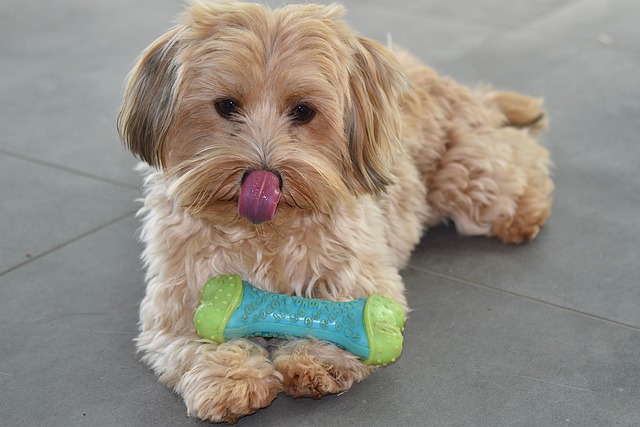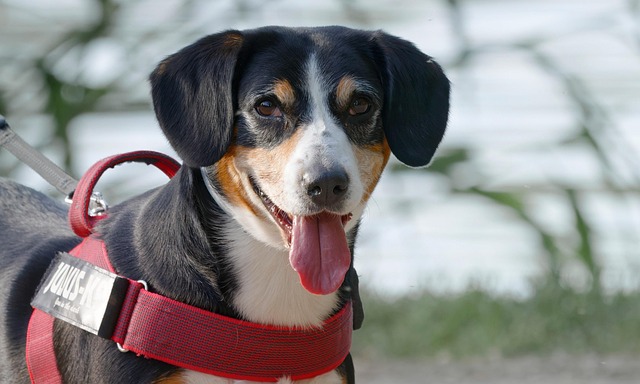
Do dogs prefer hard or soft beds?
Walk into any pet store, and you’ll see rows of dog beds—plush memory foam ones that sink under a paw, firm orthopedic options, even raised cot-style designs.
A diabetic dog’s body works a bit differently—its ability to regulate blood sugar depends heavily on consistent fuel. Unlike healthy pups, skipping meals isn’t just uncomfortable for them; it can throw their glucose levels into dangerous territory. That’s why pet parents of these special dogs often wonder: how long is too long when their diabetic dog turns up its nose at food?
In general, most dogs, even healthy ones, start showing signs of distress if they go more than 24 hours without eating. But for a diabetic dog, the timeline tightens. Their bodies rely on a steady intake of food to balance the insulin they might be taking. Go 12 to 24 hours without that balance, and you could see blood sugar drop sharply or spike erratically. Smaller breeds or older diabetic dogs might struggle even sooner—their reserves are thinner, making every missed meal riskier.
What makes this trickier is that a diabetic dog not eating often comes with warning signs. Lethargy, shaking, or excessive thirst can creep in quickly. Some might vomit or seem disoriented. These aren’t just signs of hunger; they’re red flags that their system is out of whack. Ignoring them could lead to more serious issues, ones that might require an urgent trip to the vet.
Pet parents should never wait to act. If your diabetic dog skips a meal, try offering something gentle—maybe a little boiled chicken or a low-carb treat they usually love. Warm it up slightly to entice them; sometimes the smell makes all the difference. But if they turn away again, don’t push it. Instead, check their blood sugar if you can, and have your vet’s number handy. Even a quick call can help you decide if it’s time to head in.
 Veterinary guidance is key here, and not just for emergencies. Many regions have guidelines around pet welfare that emphasize prompt care for animals showing signs of distress, and a diabetic dog refusing food falls into that category. Staying on top of their eating habits isn’t just about comfort—it’s part of keeping them healthy in line with what’s expected for responsible pet ownership. Your vet might suggest a backup plan, like a special food or a schedule tweak, to prevent missed meals from becoming a regular problem.
Veterinary guidance is key here, and not just for emergencies. Many regions have guidelines around pet welfare that emphasize prompt care for animals showing signs of distress, and a diabetic dog refusing food falls into that category. Staying on top of their eating habits isn’t just about comfort—it’s part of keeping them healthy in line with what’s expected for responsible pet ownership. Your vet might suggest a backup plan, like a special food or a schedule tweak, to prevent missed meals from becoming a regular problem.
Consistency is your best tool. Feeding your diabetic dog at the same times daily, pairing meals with their insulin doses as directed, and keeping track of what they eat can head off issues before they start. If they’re a picky eater, talk to your vet about safe, enticing options that won’t spike their sugar. Small, frequent meals might work better than large ones, keeping their system steady.
Remember, every diabetic dog is different. Some might skip a meal now and then with no major issues, while others can’t handle even a slight delay. That’s why knowing your pup’s normal behavior is so important. You’ll notice the small changes—the way they look at their bowl, the energy they lack—that signal something’s off. Catching those early can make all the difference.
Watching a diabetic dog struggle with eating is stressful, but staying alert and proactive eases that stress. Trust your gut: if something feels wrong, reach out for help. These pups thrive on routine and care, and keeping their meals consistent is one of the kindest things you can do.

Walk into any pet store, and you’ll see rows of dog beds—plush memory foam ones that sink under a paw, firm orthopedic options, even raised cot-style designs.

If you’ve ever found your black sweater covered in white fur or spent hours vacuuming dog hair off the couch, you’re probably desperate for a good home remedy to cut down on shedding.

Watching your pup turn up their nose at their favorite kibble and hunch over in discomfort is every dog parent’s worst fear—and if your vet has diagnosed gastroenteritis, one of the first questions racing through your mind is probably how to feed them saf

I sat with my friend Lisa on her apartment couch last week as her 3-year-old Cocker Spaniel, Charlie, gnawed relentlessly at his paw pads—red, inflamed, and dotted with tiny scabs.

I was at my vet’s office last month when my neighbor Mike stormed in, holding a bag of grain-free dog food. “The pet store clerk said this was ‘healthier,’ but you told me not to buy it—why?”

I stood in the pet store aisle last week with my friend Sarah, who was holding two bags of dog food—one labeled “grain-free” and the other “traditional”—staring at her 8-month-old Pug